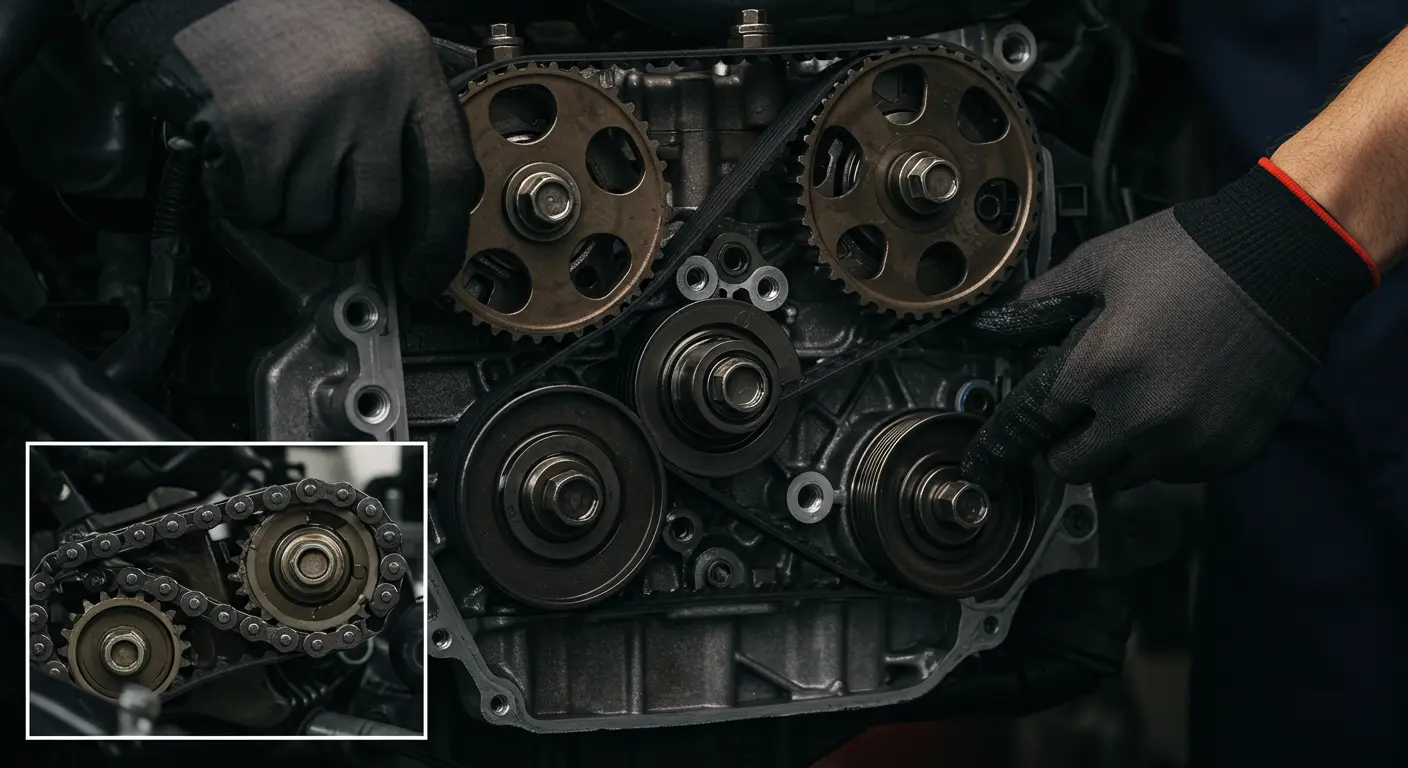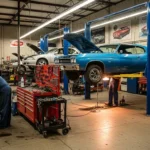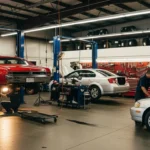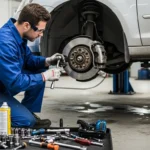Your car is made up of thousands of moving parts, and one of the most important components is something you probably don’t think about very often: the timing belt or timing chain. These parts are essential to the proper functioning of your engine, and if they fail, it could result in serious and expensive damage. Knowing when to replace your car’s timing belt or chain can save you from major headaches down the line. If you’re unsure about the condition of your car’s timing system, it’s always a smart move to consult a trusted auto repair shop in Brooklyn to inspect it before it becomes a costly problem.
In this article, we’ll walk you through the differences between timing belts and timing chains, how to recognize the warning signs, and when you should plan for a replacement.
Why Replacing Your Timing Belt or Chain Matters
The timing belt or chain ensures that your engine’s valves open and close at the proper times during each cylinder’s intake and exhaust strokes. If the belt or chain breaks while the engine is running, the pistons and valves can collide, often causing catastrophic internal engine damage.
Here’s what can happen if you ignore it:
- Bent or broken valves
- Cylinder head or camshaft damage
- Piston damage
- Complete engine failure
In many cases, repairing this type of damage costs far more than replacing the timing belt or chain at the recommended interval. In short, preventative maintenance is the much smarter (and cheaper) choice.
Signs That Your Timing Belt or Chain Needs Attention
Although timing belts and chains are hidden behind protective covers, your car often sends you warning signs when things aren’t right. Here’s what to watch out for:
Ticking or Clicking Noises from the Engine
A ticking sound coming from the engine could indicate a failing timing belt or chain. This sound is often due to improper lubrication or a worn-out belt or chain that’s starting to loosen.
Engine Misfires or Rough Idling
If the belt or chain slips and throws off the engine’s timing, it can cause misfires, rough idling, or a noticeable drop in performance.
Visible Wear and Tear
If you can inspect the timing belt yourself (or have it checked at an auto repair shop in Brooklyn), look for signs of fraying, cracking, glazing, or excessive wear.
Check Engine Light
A malfunctioning timing system can cause the engine’s computer to detect a problem, triggering the “Check Engine” light on your dashboard.
Oil Leaks
Oil leaking from the timing belt or chain cover can signal a problem with the timing system, such as a worn-out gasket or seal. Leaking oil can also degrade a rubber timing belt, causing it to fail prematurely.
Also Read: How to Tell When Your Suspension System Needs Repair
When to Replace Your Timing Belt or Chain
The right time to replace your timing belt or chain largely depends on your vehicle’s make, model, and mileage. Here are some general guidelines:
For Timing Belts:
- Most manufacturers recommend replacing the timing belt between 60,000 and 100,000 miles of service.
- Some newer vehicles boast belts designed to last up to 120,000 miles, but it’s critical not to push them too far.
- If you purchased a used car and aren’t sure about the timing belt’s history, it’s best to replace it proactively to avoid risks.
For Timing Chains:
- Timing chains are typically designed to last the life of the engine.
- However, if you hear rattling noises from the timing cover, experience misfires, or notice a significant drop in performance, it might be time for an inspection.
- High-mileage vehicles (over 150,000 miles) are at greater risk of chain wear, especially if oil changes have been neglected.
Factors That Influence Timing Belt or Chain Wear
Not all vehicles or driving habits affect timing systems equally. Here are a few things that can shorten the life of your timing belt or chain:
- Stop-and-go traffic: Frequent idling and low-speed driving stress the engine.
- Extreme temperatures: Hot or cold climates can degrade rubber belts faster.
- Poor maintenance: Skipping oil changes causes sludge build-up, which can accelerate timing chain wear.
- Aggressive driving: High RPMs and sudden acceleration can strain the timing system.
If you often drive in challenging conditions, you might want to replace the timing belt or inspect the chain sooner than the manual recommends.
Trust a Professional Auto Repair Shop in Brooklyn
Timing belt and chain replacements are not DIY-friendly tasks for most car owners. They require specialized tools, precise mechanical skills, and access to technical manuals. A mistake could cause catastrophic engine failure.
If you’re in doubt about your timing belt or chain’s condition, it’s always a good idea to schedule a professional inspection at a reputable auto repair shop in Brooklyn. Experienced mechanics can assess wear, recommend proactive maintenance, and help you avoid bigger problems down the road.
Don’t wait until it’s too late; protect your engine and your wallet. Contact A1 Auto Repair Shop Brooklyn today for expert timing belt or chain replacement services you can trust. Call us now or book your appointment online for fast, reliable service!




